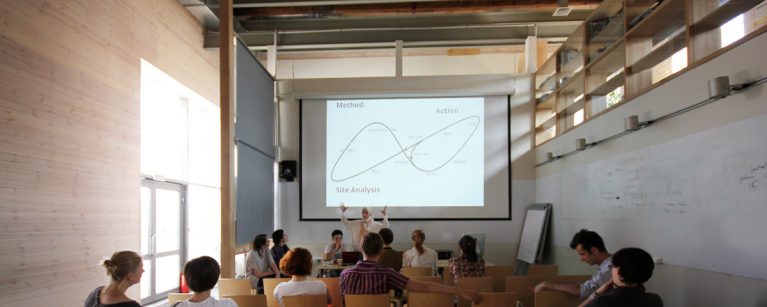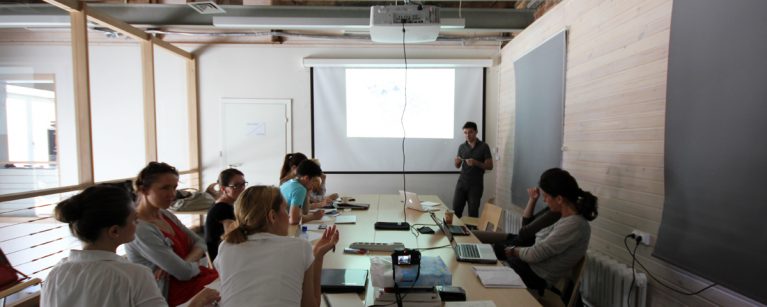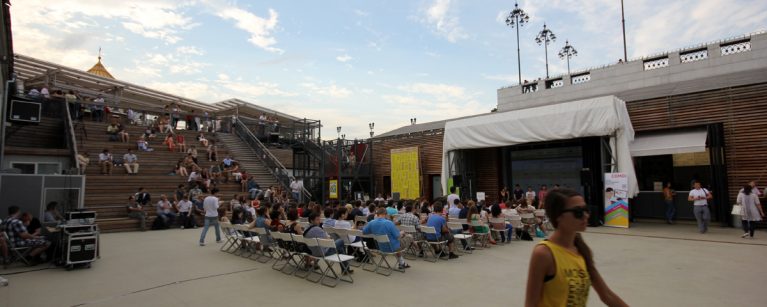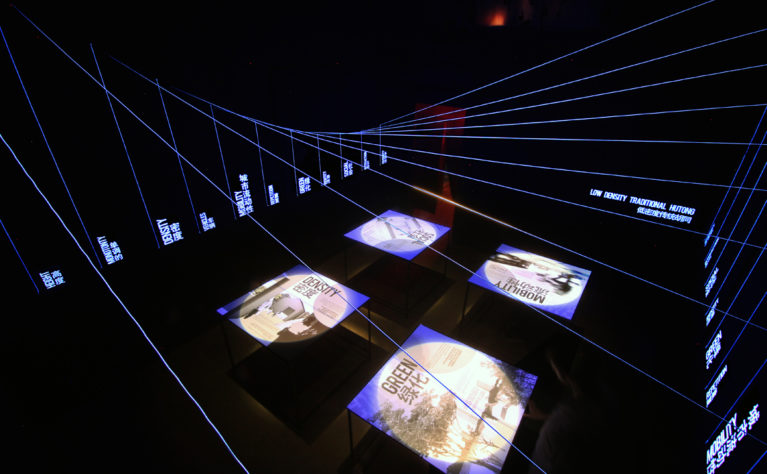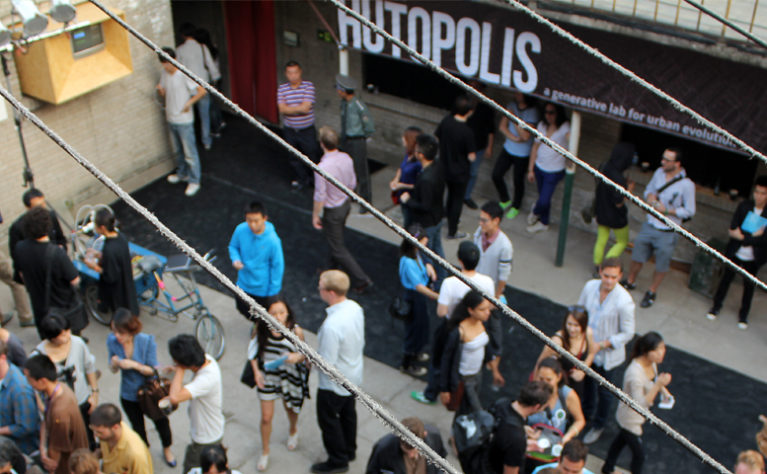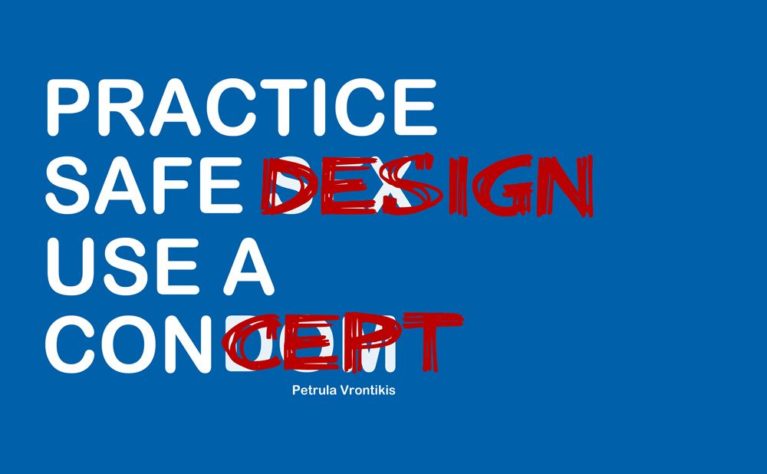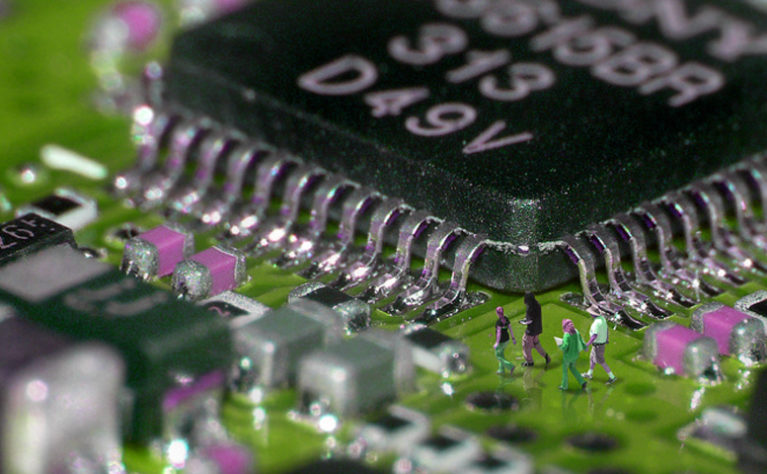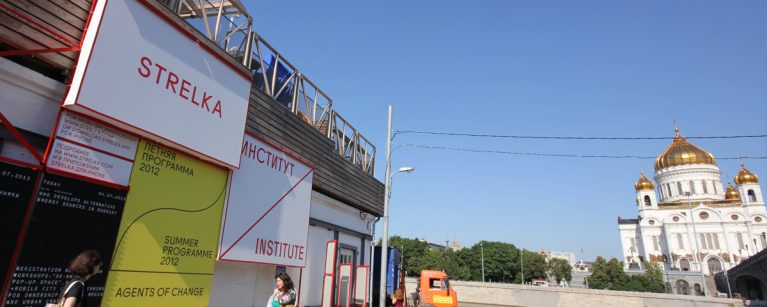
What is the influence on urbanism when a planned economy shifts to a new model of development? How to promote an urban evolution based on soft elements? Can social interactions catalyse strategies of urban regeneration?
During 6 days, students from different backgrounds have worked in multidisciplinary teams researching particular aspects able to generated identity both in neighbourhoods of Moscow and Beijing and finding answers to these and other questions.
The summer workshop had taken place at the Strelka Institute and it has consisted first of a series of introductory lectures to continue with the development of projects in Sportivnaya and Dongzhimen areas, residential neighbourhoods in Moscow and Beijing respectively.
Giannantonio Bongiorno explained the bases of the ongoing program ‘Hutopolis’ organized by AQSO while Eugenia Murialdo presented the areas of research in both capitals. Prof. Frans Vogelaar and Prof. Elizabeth Sikiaridi talked about hybrid spaces and soft-urbanism, a new interdisciplinary field of planning based on the emerging communication networks and their interaction with the built infrastructures. Luisa Collina focused her lecture on services design and their implication on the urban public spaces and Luis Aguirre presented several projects for a balanced urban planning development in Beijing.
Yegor Korobeynikov, editor in chief of the online magazine urbanurban.ru joined the final presentation where the students explained the result of the research.
Strelka Institute is an educational centre founded by Sergey Adonyev, Dmitry Likin, Alexander Mamut, Ilya Oskolkov-Tsenstiper and Oleg Shapiro aimed at generating knowledge, producing new ideas and making them come true.
